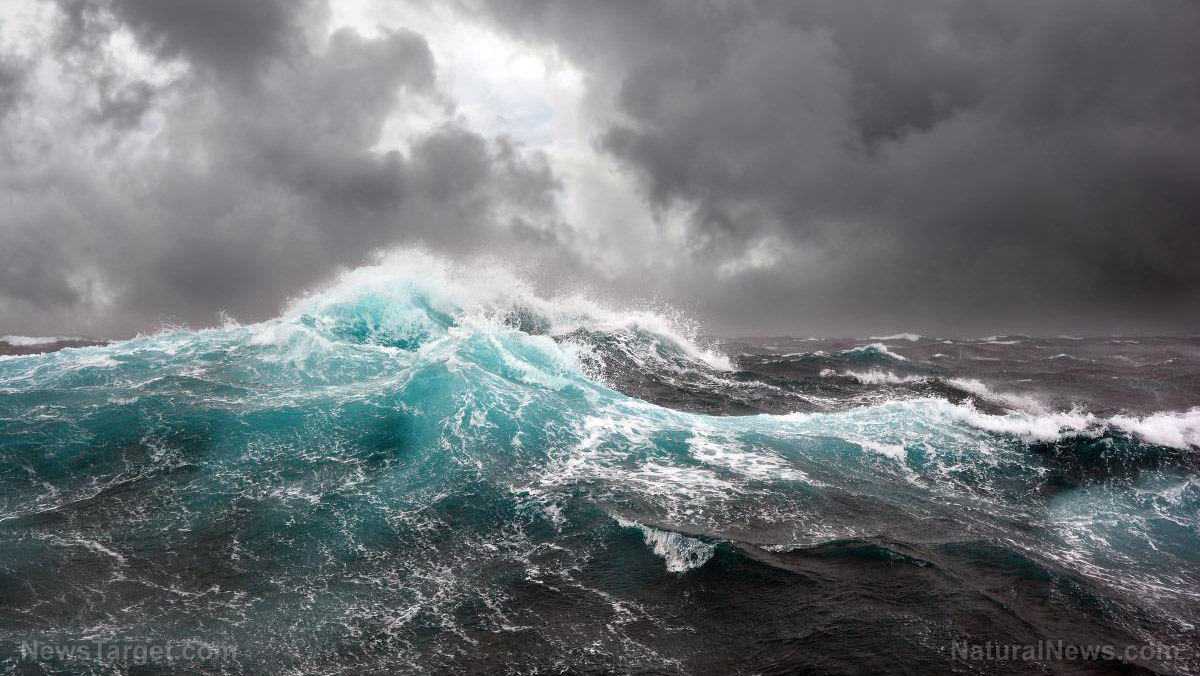
The Orbital O2 is anchored in place by four mooring chains that each can lift over 50 double-decker buses. It works like an underwater windmill with the turbine's two rotors attached to its legs and propelled by some of the world's fastest tidal flows.
Tidal energy is generated by the relative motion of the Earth, sun and moon, which interact via gravitational forces. It is far more predictable than wind energy or solar power. Electricity is transferred from the turbine via a subsea cable to the local onshore electricity network in Orkney.
"Orkney sits in some of the strongest tidal currents in the world. It's got a fairly ferocious sea that's around it, so it makes it about the best place in the world that you can develop and test these technologies," said Orbital Chief Executive Andrew Scott.
The company chose to anchor the turbine in the Fall of Warness because that is where some of the strongest tidal currents in the world happen. It is connected to the local electricity grid via a subsea cable and "will help power the communities of Orkney cleanly and sustainably from the waters that flow past their islands," Orbital said.
15 years to develop, 18 months to build
It took Orbital Marine Power about 15 years to develop and 18 months to build its first commercial turbine. The Orbital O2 was assembled at the Port of Dundee.
The 2MW turbine's superstructure, which floats on the surface of the water, was sailed out to its position in May. It is anchored in 35 meters of water and starts producing clean power when the tide comes in. When the tide stops, its blades then rotate and start generating electricity in the other direction. (Related: Electric vehicle charging station in Scotland gets its electricity from tidal power.)
"This is a major milestone for the O2 and I would like to commend the whole team at Orbital and our supply chain for delivering this pioneering renewable energy project safely and successfully," said Scott. "Our vision is that this project is the trigger to the harnessing of tidal stream resources around the world to play a role in tackling climate change while creating a new, low-carbon industrial sector."
The construction of the O2 turbine was enabled by public lenders through the ethical investment platform, Abundance Investment. The firm also received £3.4 million ($4.7 million) from the Scottish government's Saltire Tidal Energy Challenge Fund.
"With our abundant natural resources, expertise and ambition, Scotland is ideally-placed to harness the enormous global market for marine energy whilst helping deliver a net-zero economy," said Energy Secretary Michael Matheson. "The deployment of Orbital Marine Power's O2, the world's most powerful tidal turbine, is a proud moment for Scotland and a significant milestone in our journey to net zero."
Renewables overtook fossil fuels to become the biggest source of electricity in the UK for the first time in 2020, according to an analysis revealed in January this year.
Wind, solar, bioenergy and hydropower – all renewable energy sources – combined to generate a record 42 percent of the UK's power last year. Meanwhile, fossil fuels – mostly gas – produced 41 percent of total UK power, the analysis from think tanks Ember and Agora Energiewende showed.
In 2018, a scheme to build the world's first power station powered by wave energy in a lagoon was scrapped on cost grounds. The Tidal Lagoon Power project would have cost £1.3 billion ($1.8 billion) and seen the construction of a U-shaped sea wall with turbines in Swansea Bay in South Wales. More than £35 million ($48.8 million) was spent on developing the project.
Follow Power.news for more news and information related to electrical grid and electrical power.
Sources include:
Please contact us for more information.























